
AeroGenie — Your Intelligent Copilot.
Trending
Categories
Economic Drivers in Mobile County

Economic Drivers in Mobile County
Mobile County has established itself as a dynamic center of diverse industries, including aviation, shipbuilding, chemicals, metals, paper, and logistics, all anchored by the strategic Port of Mobile. The region has notably become the world’s fourth-largest manufacturing hub for commercial aviation, with aerospace emerging as its fastest-growing sector. Over the past five years, major aerospace employers have expanded their workforce by 56%, underscoring the sector’s rapid development. Key industry leaders such as the Airbus US Manufacturing Facility, which employs over 2,000 people, and Continental Aerospace Technologies, with more than 375 employees, are supported by an extensive network of supplier firms that contribute to the region’s industrial ecosystem.
Education and Workforce Development
Education plays a critical role in sustaining Mobile County’s industrial growth. Local high schools and colleges have increasingly prioritized aerospace-focused curricula to prepare students for careers in aviation technology. Institutions such as Bishop State Community College and Coastal Alabama Community College offer specialized programs aligned with the region’s workforce demands. The Alabama Aviation Center at Coastal Alabama provides targeted training in aviation manufacturing, airframe, and powerplant technology. Additionally, Bishop State offers adult education and dual enrollment pathways that lead to aerospace manufacturing certificates, ensuring a steady pipeline of skilled workers to support the expanding aerospace sector.
The Port of Mobile and Industrial Infrastructure
The Port of Mobile, established in 1928 and managed by the Alabama Port Authority, remains a vital economic engine for the region and the state. It generates $98.3 billion annually and supports over 351,000 jobs across Alabama. The port’s extensive infrastructure includes immediate access to major interstate highways, five Class I railroads, four short-line railroads, and nearly 15,000 miles of inland waterways. This connectivity enables the port to reach half of the U.S. population within 48 hours of cargo arrival, making it a critical logistics hub. Over the past two decades, more than $1.4 billion has been invested in modernizing and expanding port facilities. Its proximity to the Mobile Aeroplex at Brookley further enhances its role as a center for logistics and industrial activity.
Shipbuilding and Manufacturing Sectors
Shipbuilding continues to be a cornerstone of Mobile’s economy, with Austal USA standing as the county’s largest industrial employer. Other prominent companies such as Silver Ships, Master Boat Builders, and Birdon maintain the region’s longstanding tradition of vessel construction along the Gulf Coast. The chemical and metal manufacturing sectors are equally robust, with major producers including Outokumpu Stainless, AM/NS Calvert, and SSAB Americas. In 2024, ArcelorMittal announced plans to build a $1 billion electrical steel plant near Calvert, with construction slated to begin in 2025 and operations expected by 2027. The Alabama Gulf Coast chemical corridor, which extends 60 miles through the Mobile area, hosts leading chemical manufacturers such as Evonik Corp., Lenzing Fibers, and BASF. Chemical manufacturing represents Mobile’s top export and ranks as Alabama’s second-largest export sector. Kimberly-Clark Corp. also maintains a significant presence in the county, producing paper products for national distribution.
Emerging Challenges and Industry Responses
Despite these economic strengths, Mobile County’s key industries face challenges from shifting market dynamics. Emerging technologies such as active safety systems, digital agriculture, and regulatory changes in medical device sectors—including ostomy drainage bags—have the potential to alter consumer preferences and investment strategies. In response, local industries are likely to pursue strategic alliances, innovate their product offerings, and explore new markets to sustain their competitive advantage amid a rapidly evolving economic landscape.

The Small Cold War Helicopter Considered by the Marines for Combat
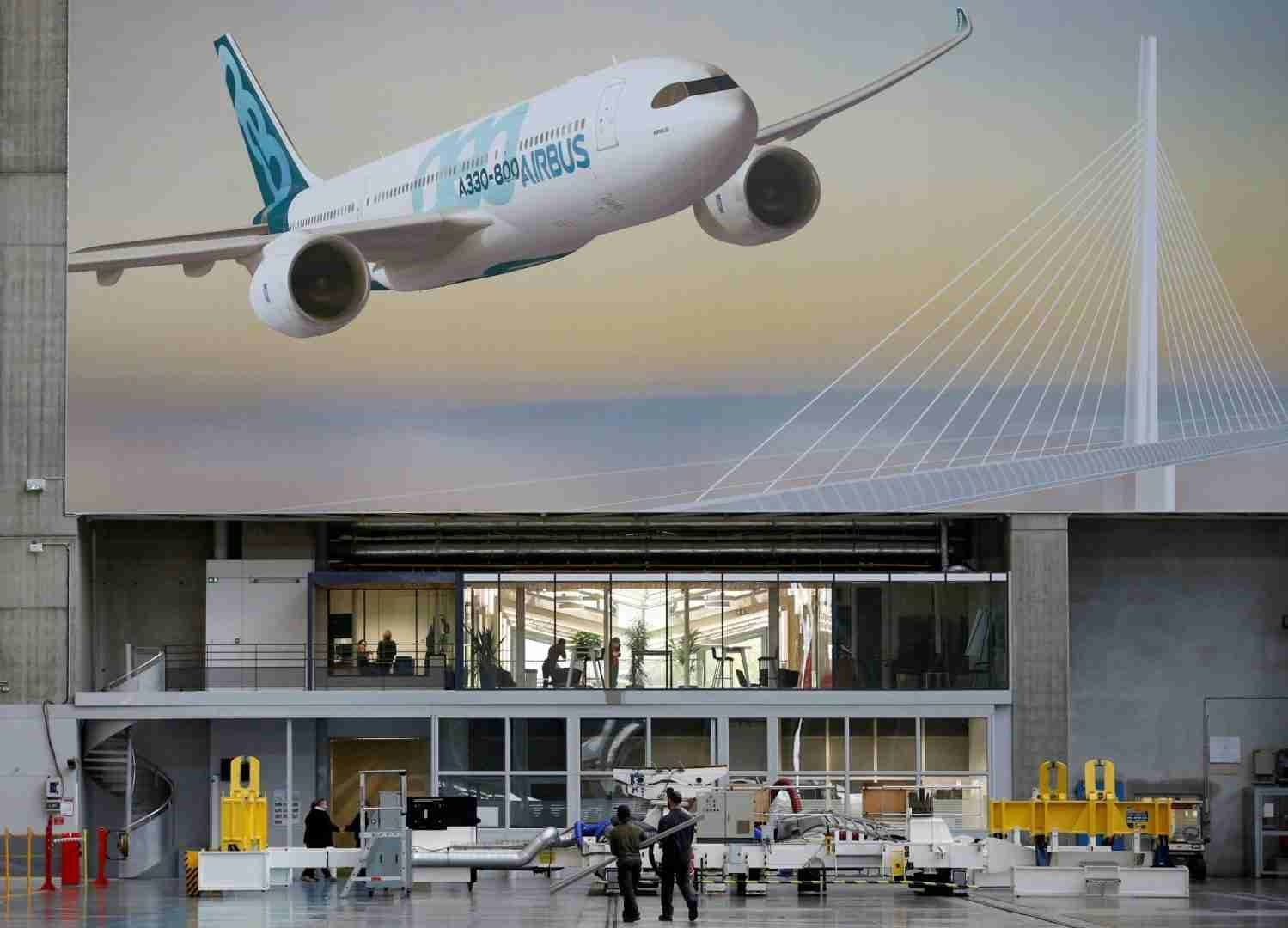
Boeing and Airbus Orders Race in 2025: Who Leads?

Air China Shares Rise After $9.5 Billion Airbus Jet Order
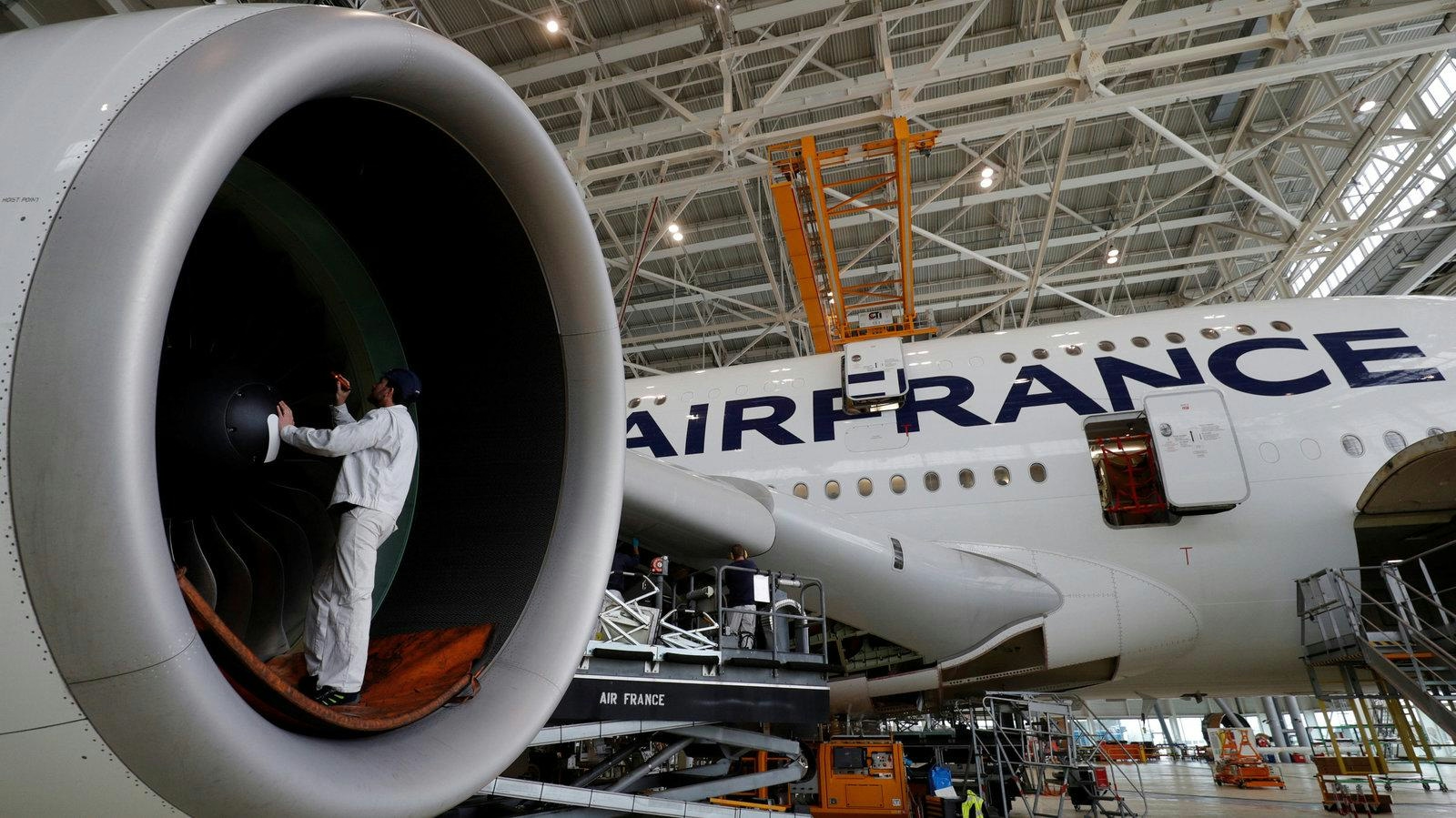
Why Airbus Chose Four Engines for the A380
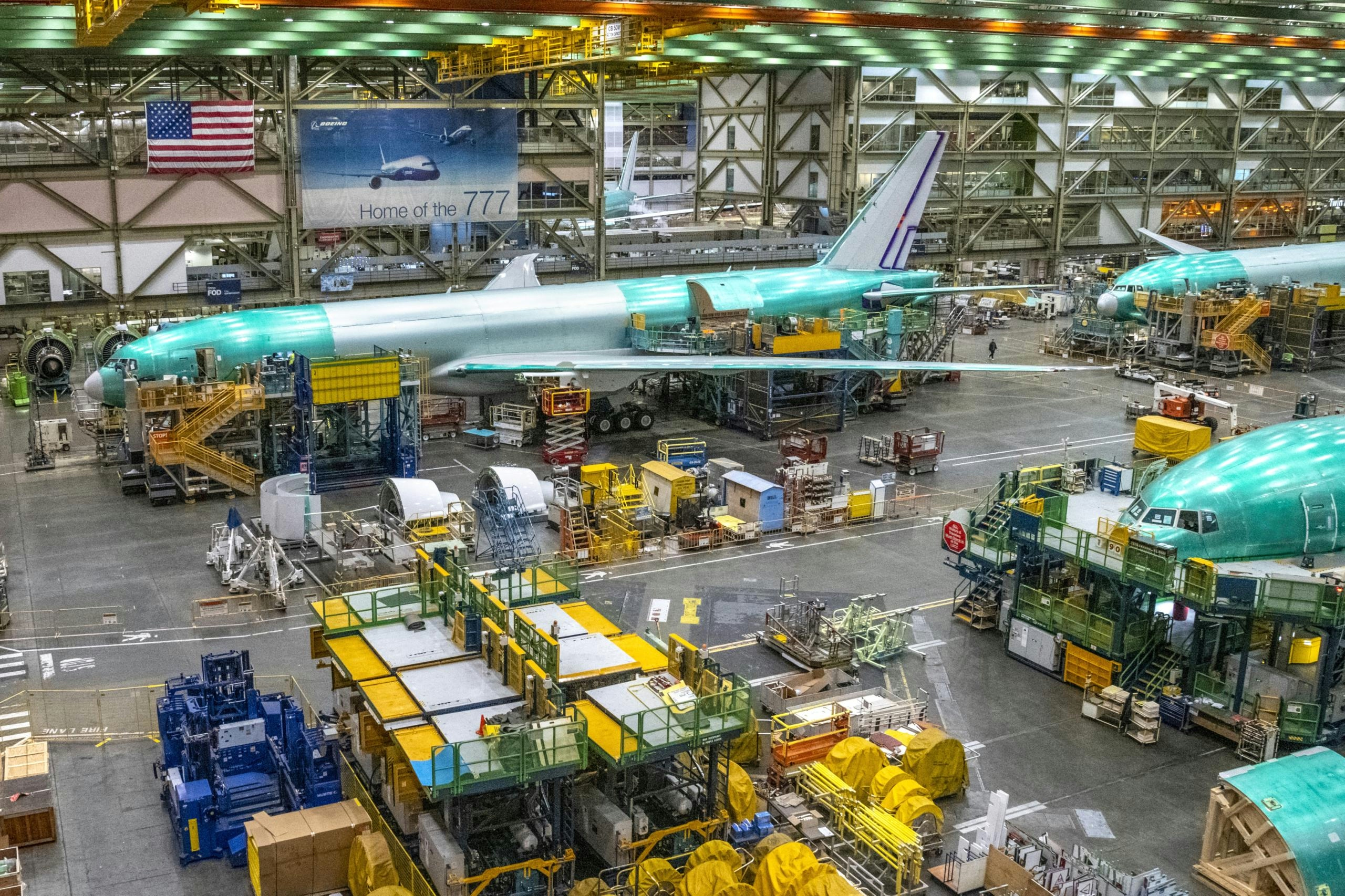
Key Defense Aviation Trends to Watch in 2026
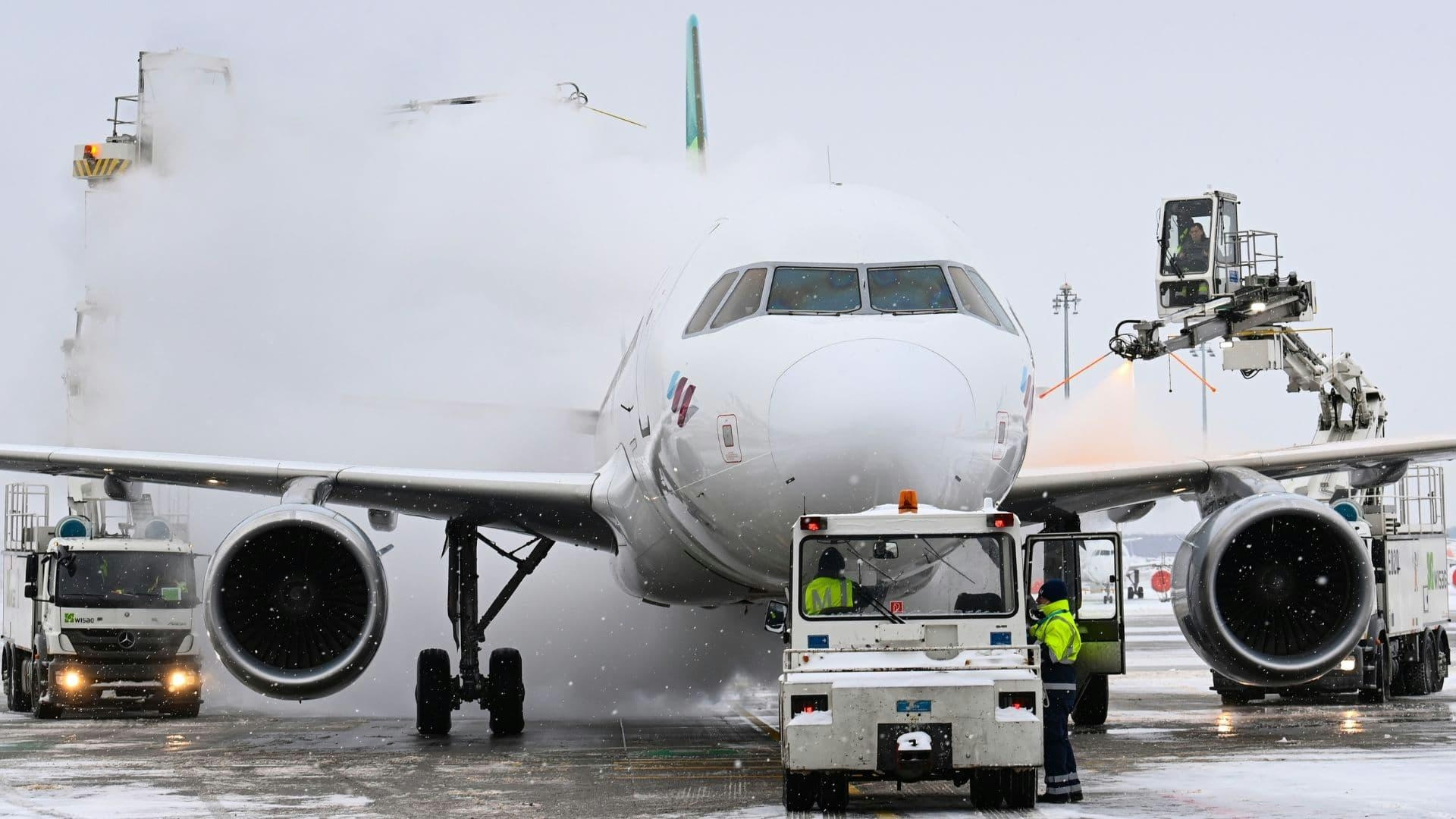
Body Lotion Additive Significantly Enhances Aircraft Anti-Icing Performance
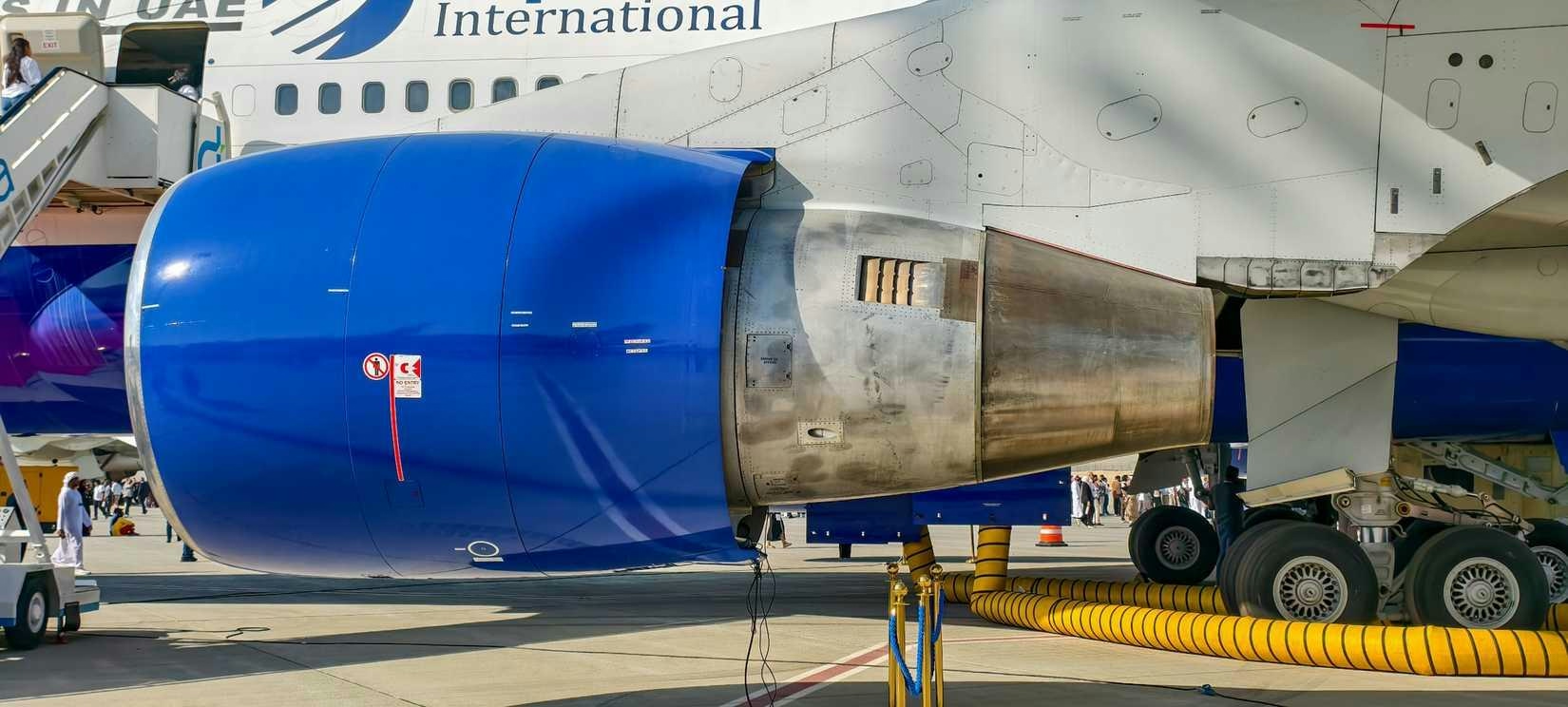
Why the Boeing 747-400 Uses Three Different Engine Types

DGCA Questions AI System Over Dreamliner Operations Amid Technical Issues
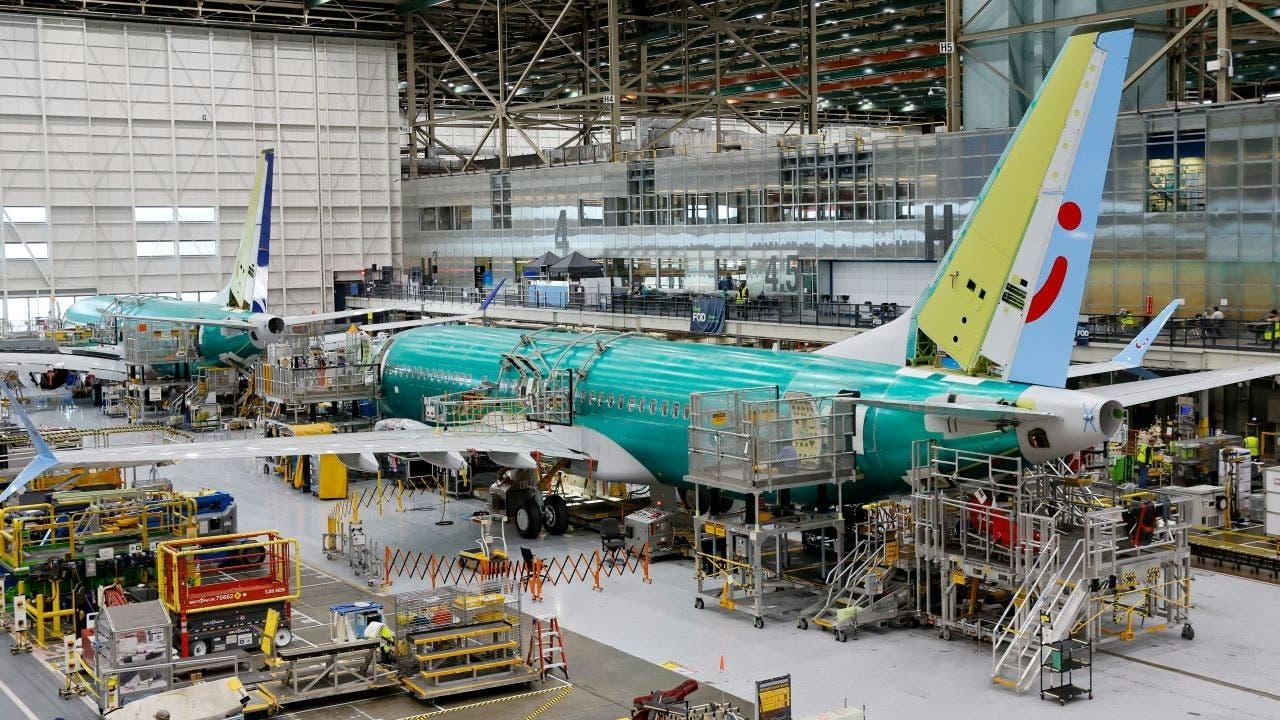
The New Aircraft Poised to Replace a Leading Narrowbody Model
